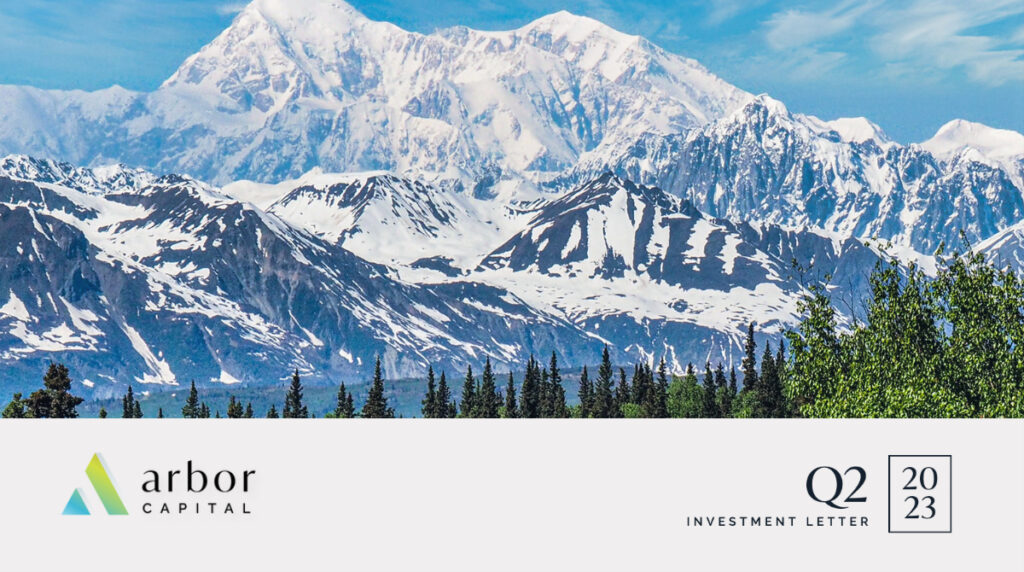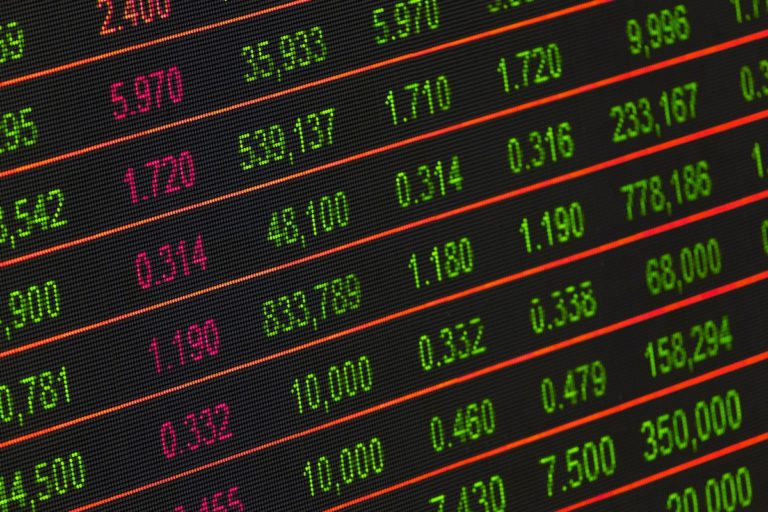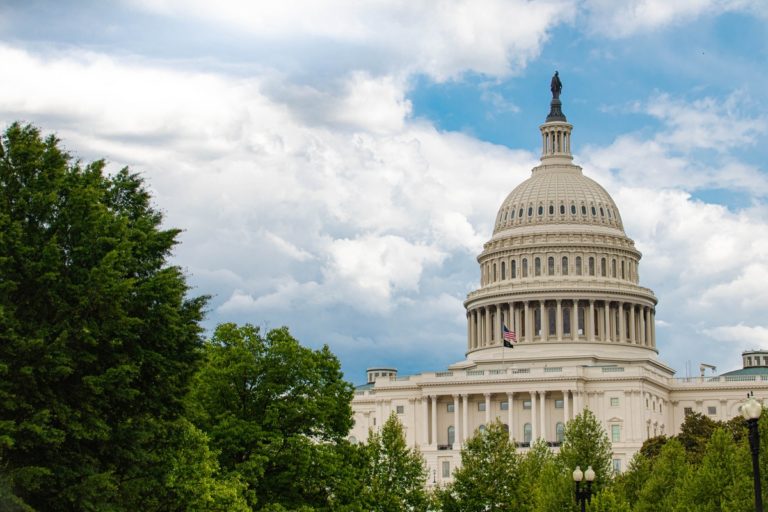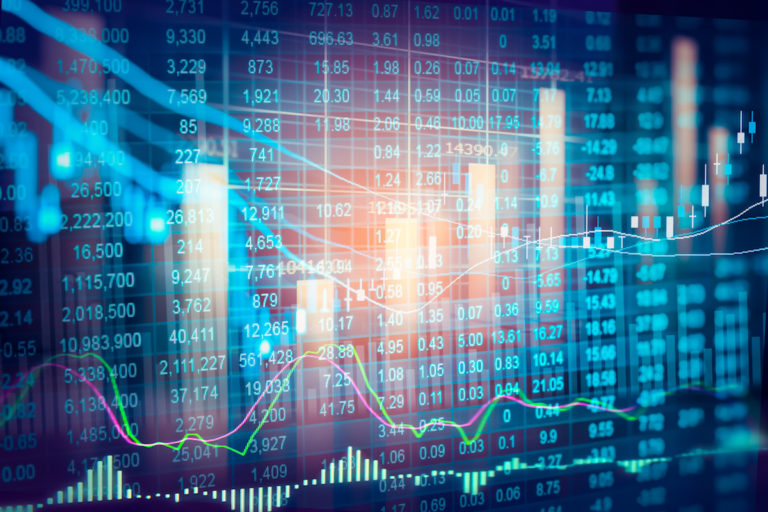It has been an interesting last few months. Four banks disappeared in the first half of 2023: Silicon Valley Bank, Silvergate Bank, Signature Bank of NY, and First Republic Bank. Circumstances may differ though all four banks failed as the Federal Reserve raised interest rates at a rapid pace over the past 18 months. As with the financial crisis back in 2007 and 2008, the Federal Reserve and other government regulators appear to make up rules as they go along. Most countries have a few national banks. The U.S. is unique with a large number of regional banks. Outside the largest “too big to fail banks,” will we see additional bank failures or perhaps a wave of consolidation?
Outside the U.S., the war in Ukraine continues with Russia recently backing out of a grain deal that allowed Ukraine to ship commodities like wheat globally. Europe dodged energy issues with a warm winter while inflation is worse there than in the US. China’s economic recovery from covid looks to be weaker than expected while its military conducts activity around Taiwan. Concurrently, China is seeking to lessen reliance on the US dollar when conducting business with Russia and the Middle East. Long-term, we should expect China and other countries to act more in a collective self-interest against the United States and Europe with ramifications for inflation and the dollar.
Recent US economic and company data is mixed. May CPI saw 4.0% growth and PPI growth was 1.1%. The Fed continues to shoot for 2.0% growth as its inflation target. Costco saw inflation of around 3-4% this past quarter. Consumer names such as Coke, Pepsi, McDonald’s, Sherwin Williams have all their revenue growth coming from pricing which in many cases is high-single-digit growth to low-double-digit growth. Mortgage rates exceed 7.0% on a 30-year fixed-rate loan while the cost to finance auto or commercial lending has also increased. As it relates to labor, the unemployment rate remains low at 3.6% while wage growth is 4.4%. If inflation is indeed sticky, that may become more apparent during the second half of 2023.
While all of the above is occurring, the S&P was up 16% through 6/30/23, and the Nasdaq was up 39%. Gains were narrow and mainly from mega-cap companies Apple, Microsoft, Amazon, Nvidia, Alphabet, Tesla, and Meta. Owning an S&P or Nasdaq index now means having a much more concentrated portfolio in just a few names. Valuations for mega-cap tech as measured in price-to-forward earnings in many cases are extreme. Bitcoin and other tokens have seen dramatic run-ups year-to-date. Most stocks in areas like financials, energy, healthcare, or consumer have a performance that is flat to down year-to-date.
Through banking issues, inflation, and surging stock market indices, the Federal Reserve continued to raise interest rates and may be near the end of hiking. While the Fed sounds determined to break inflation, increase unemployment, depress the equity markets, and protect banks, none of it yet appears to be working. Not so obvious to the public, both the Federal Reserve and US Treasury have taken action to increase liquidity in the markets while raising interest rates. That combination is hurting main street through higher financing costs while benefitting wealthy investors with a rising stock market.
I have noted before that the markets are in a correction phase. This started in late 2021 and could take another few years to play out. The US economy has not seen a true recession since the Great Financial Crisis and this one could occur while the Federal Reserve keeps interest rates high to eliminate inflation. Also, keeping interest rates high could make for an interesting credit cycle where loan losses increase, new lending activity is curtailed, and refinancing current loans becomes increasingly difficult.
The reality is there are changes in the economy that may not matter to you until your specific circumstances change. Discussion with your investment advisor may be a prudent course of action, especially if a financial plan needs to be adjusted during continued turbulent times.
We would like to highlight some recent news and its impact on our strategies, as well as thoughts on what could lie ahead.
Arbor Capital Management: Wealth Strategies
Fixed Income Market
Treasuries outpaced other fixed-income sectors in March of Q1 as a direct reaction to the failure of First Republic, Signature, and especially Silicon Valley Bank. There was no contagion and fixed income markets returned to normal in 2Q. Treasuries have sold off and the rest of the bond market enjoyed favorable returns and pricing. This bodes well for our actively managed fixed-income strategies for taxable bonds and tax-free municipal bonds. Both are performing well once again.
The treasury yield curve remains meaningfully and stubbornly inverted. The consensus view is that this, in addition to other economic data, is the reason for a much-anticipated recession beginning in late 2023 or into 2024 depending on who you ask. This might be the most widely anticipated recession in history which either has a self-determining effect or when too many people agree on what the future holds it famously does the opposite. We remain agnostic towards the short-term but nimble. Active strategies will continue to take advantage of higher short-term rates with an eye toward locking in long-term yields. Corporate balance sheets remain strong in the aggregate and municipal balance sheets are even stronger.
Given current interest rates and the potential prospect of stable to perhaps even lower interest rates in the foreseeable future, our actively managed bond strategies might be in a position to give historically stock-like returns for a year or two. If rates continue to rise over that period, that would put price pressure on these actively managed strategies once again as it did in 2022 though we think that would be much more modest than what we saw in 2022 which was (we hope) an outlier event as it was historically unprecedented.
Equities
Within Global Brands – Value, energy, and consumer staples underperformed during the first half of the year. Industrial companies held up well. At the beginning of the year, we added to our exposure to energy both within oil and natural gas production. Our exposure to banks is limited to JPMorgan and USBank within this strategy. Both banks are very large and traditionally conservative lenders focused on prime customers. When looking to invest new funds, most stocks in Global Brands – Value are reasonably priced and pay generous dividends.
Within Global Brands – Growth, a couple of more speculative companies have led the way along with mega-cap technology. Laggards have been mainly in healthcare. During the first half of the year, we exited four positions, two in consumer, one in financial services, and one in media/entertainment. Expensive valuations and/or poor management execution were common themes among the names we sold. We added one small-cap consumer discretionary company and one large-cap telecom company. Valuations are still expensive for some companies in our Global Brands – Growth portfolio. While the businesses may be performing OK, growth stocks trading at 30-40 times forward earnings are priced for perfection if you want to invest new money into the equity markets. Other stocks in this strategy are reasonably priced for purchase.
Both the value and growth books continue to invest in long-term themes including growth in the global middle class, the bifurcation of the global oil and gas markets, electric vehicle production, and cloud-based computing. We do not see these themes changing significantly through economic cycles and prefer to hold equities for the long term.
Real Estate Investment Trusts (REITs)
Towards the beginning of the year, interest rate headwinds continue to provide near-term uncertainty for the class. There was speculation that with higher interest rates, companies needing to refinance soon would suffer with the new higher interest rates. By the start of the second quarter, there was a continued slide in most REIT sectors, until June when nearly all sectors saw a significant rebound. Shopping centers/malls, timber, and office sectors saw the strongest June rebounds. The office rebound is on the heels of being among the hardest hit year to date and in 2022. Data centers and single-family homes were among the better performers in Q2, and they also have been the year to date. As mentioned previously, these sorts of environments and situations have proven favorable going forward. There is an opportunity here for the long-term allocator.
Alternative Investments
This strategy was fairly flat in the first half as it continued to remain uncorrelated to the equity markets. Our gold investment was a leader along with a non-agency mortgage security fund, while our managed futures and commodity funds were laggards after outperforming in 2022. The managed futures fund saw underperformance when there was volatility caused by banking failures earlier this year. The commodity fund’s underperformance came from investments in oil as energy, in general, has underperformed. Investments related to merger arbitrage and S&P options trading did not report significant gains or losses.
We do not have any new information related to an additional distribution for those clients who held IQDNX. However, we have filed paperwork for clients as part of a class action lawsuit. Any class action lawsuit along with settlement arrangement will not impact additional distributions to be received. If you have questions related to an investment in the Infinity Q fund, please contact your advisor.
Arbor Digital
Marc Nichols welcomes two guests to the podcast this week: Matthew Kolesky, Co-Founder of Arbor Digital & Principal at Arbor Capital Management, and Matthew Schechter, CIO at Arbor Capital Management. Together, they provide an in-depth Q2 market recap, including what shaped Q2 for both traditional and digital asset markets. They also share what they’re paying attention to in Q3 and beyond.

Digital asset markets were up slightly this quarter with the total industry market cap hovering above $1.2 trillion. The two largest and most Lindy (Lindy Effect Defined) Digital Assets, BTC and ETH, continue to outperform in 2023. The price of Bitcoin (BTC) closed at $30,446.49, up 11.8%, while Ethereum (ETH) closed at $1,852.13, up 4% respectively. Year to date, BTC is up 81.00%, and ETH is up 54.00%.
The most recent quarter for Digital Asset markets was dominated by regulation, both on the global stage and within the US. CFTC and SEC enforcement actions against Coinbase and Binance have led BTC dominance to breach 50% for the first time since 2021. However, there has been very positive regulatory progress both within the US and overseas to the end of the quarter. European regulators voted to pass the Markets in Crypto Act (MiCA), a comprehensive regulatory framework for crypto. In the US, there is newfound hope for a spot in Bitcoin ETF with applications coming from large traditional finance institutions like ARK Invest, Blackrock, Fidelity, and Invesco.
Looking ahead, a trend towards acceptance from traditional financial players with Blackrock CEO Larry Fink most notably coming out in support of Bitcoin the asset and network. Bitcoin, and more broadly Digital Assets, continue to cement its position as an alternative investment and core component of investing in the future global financial landscape.












